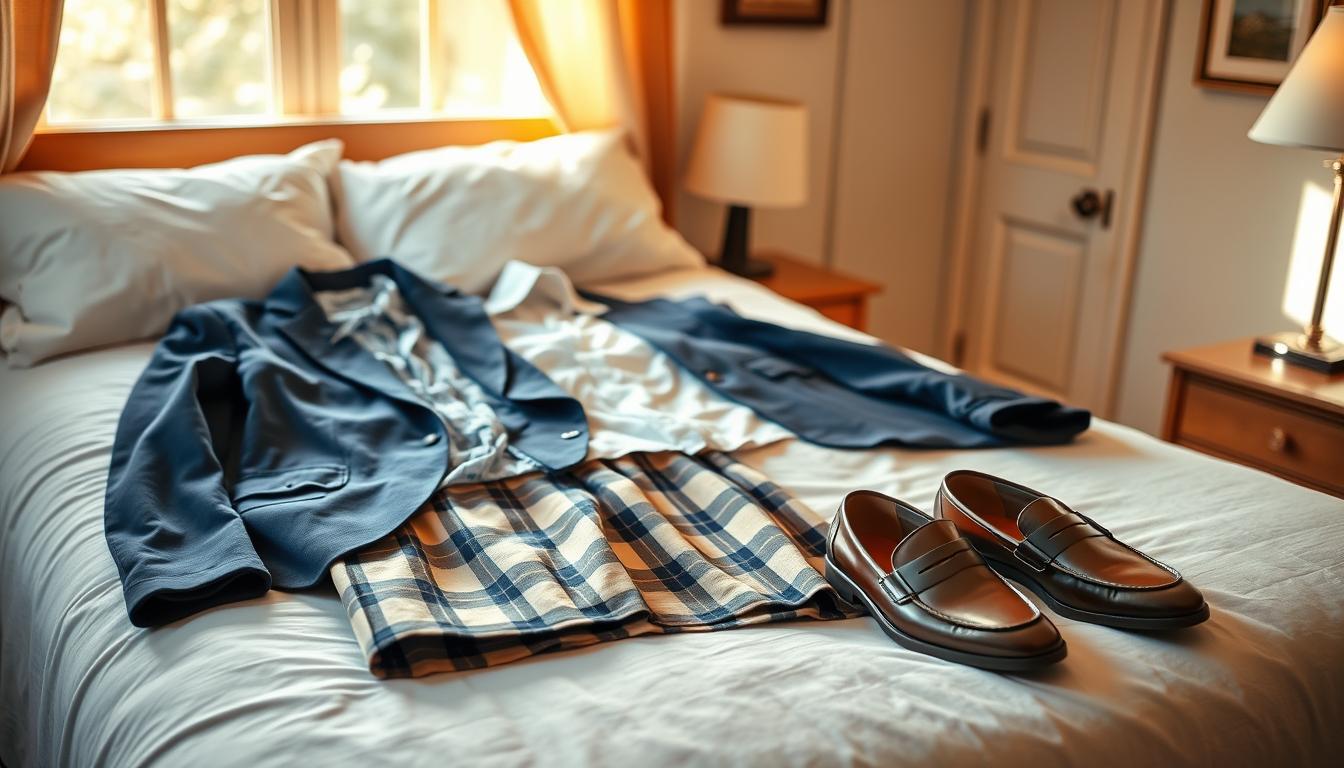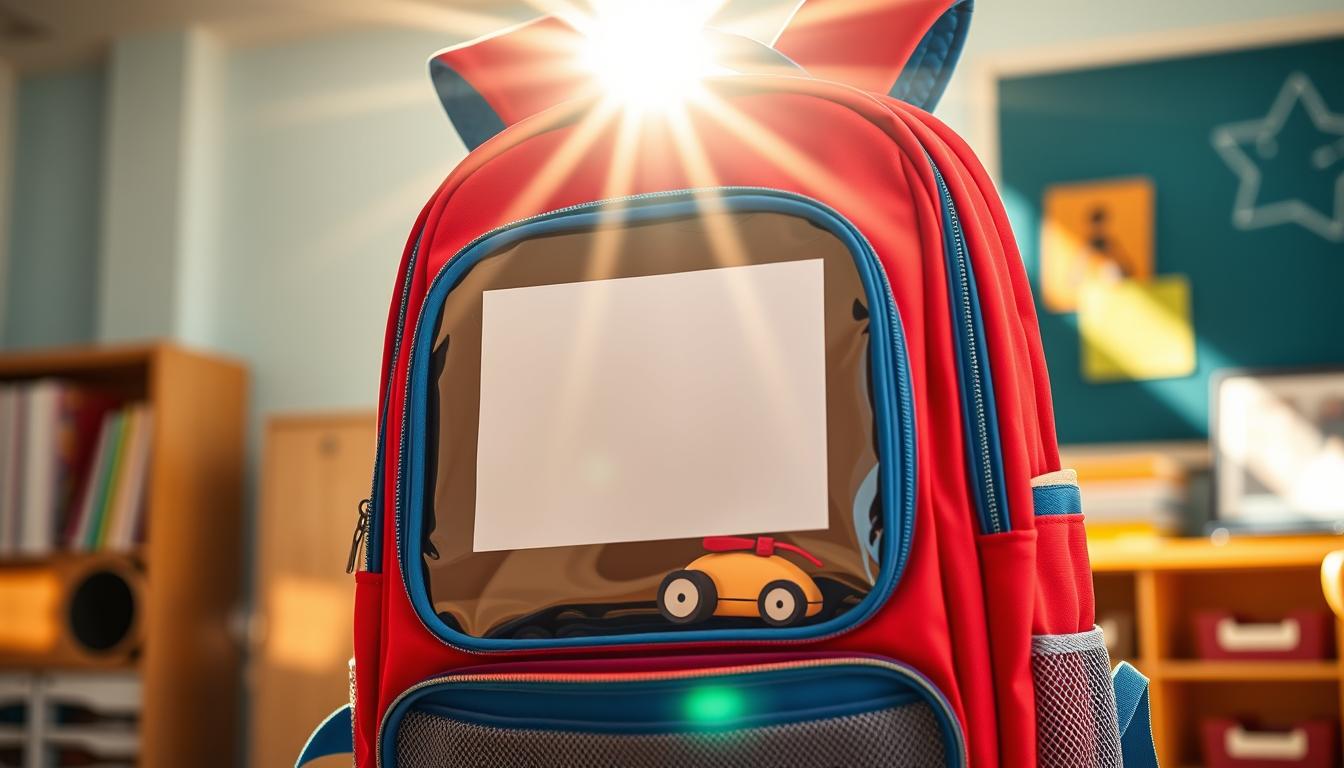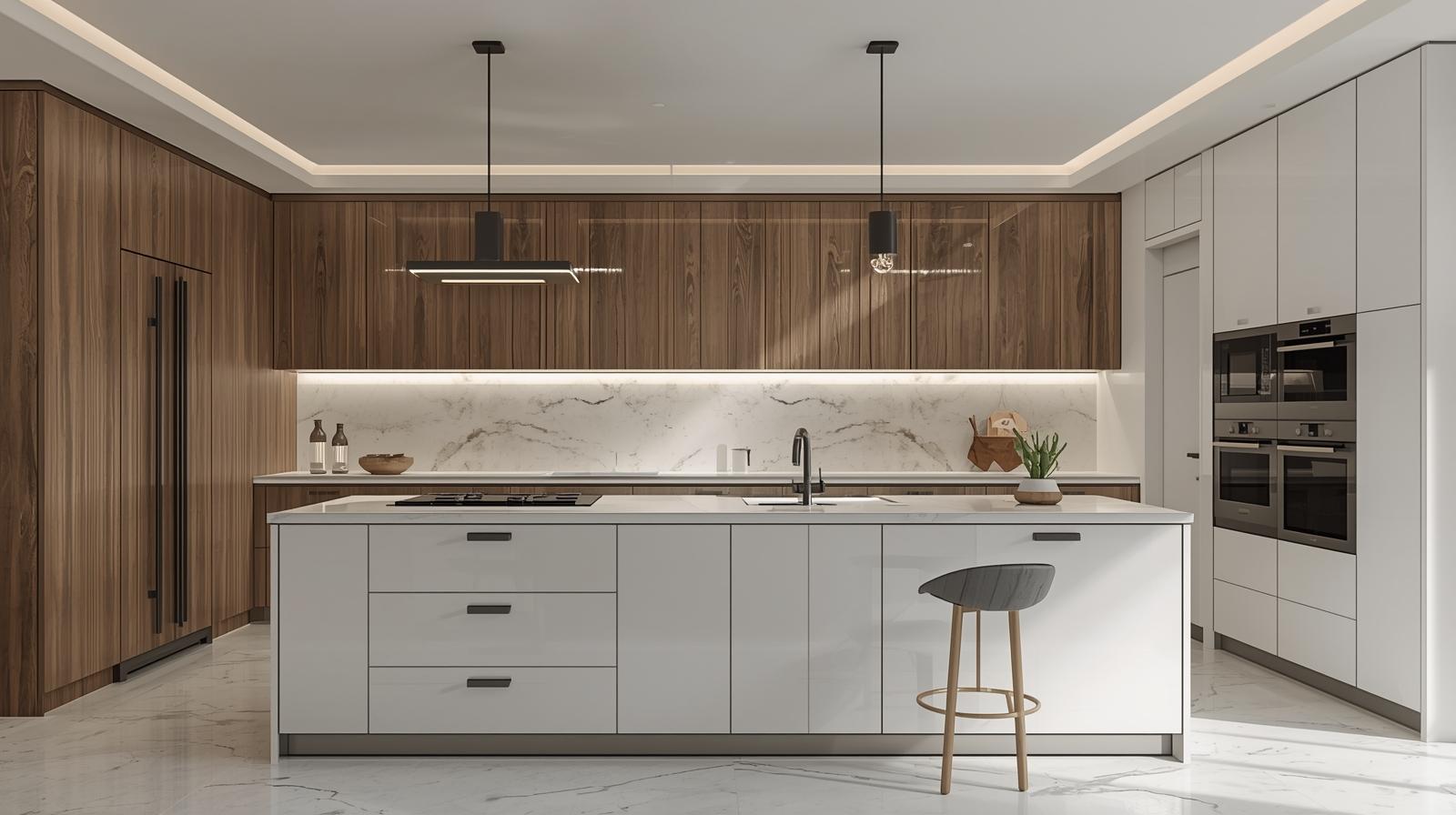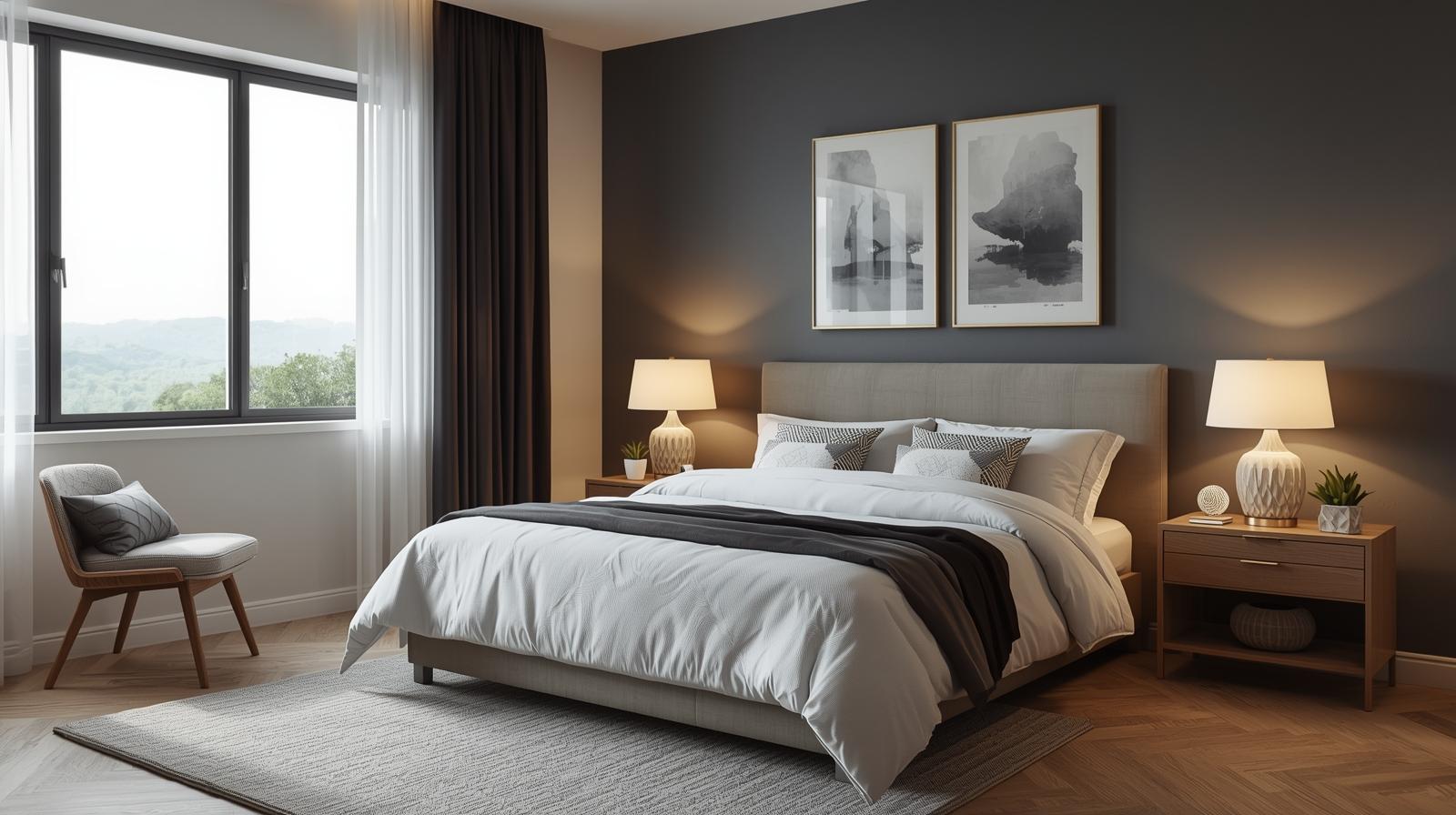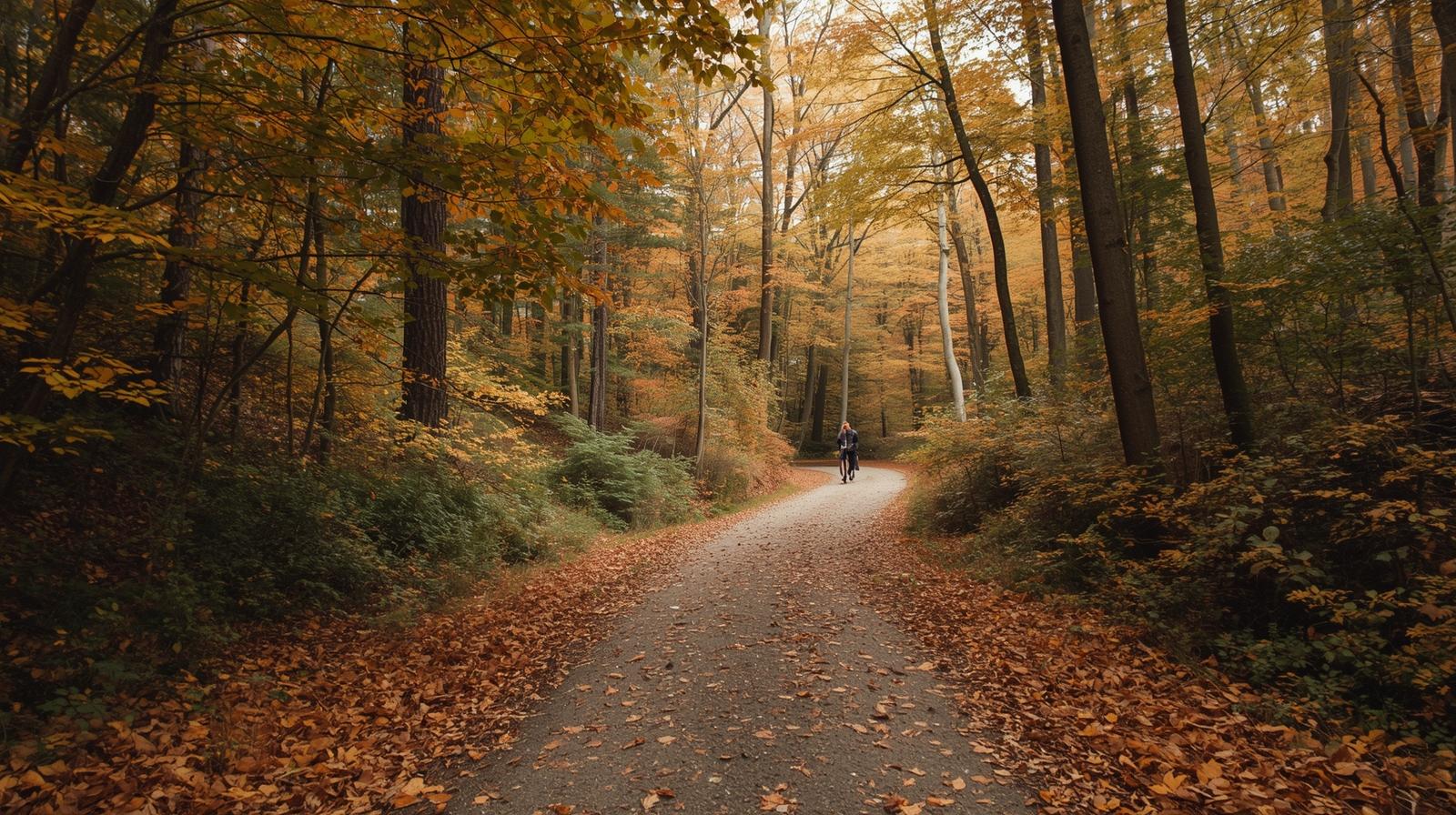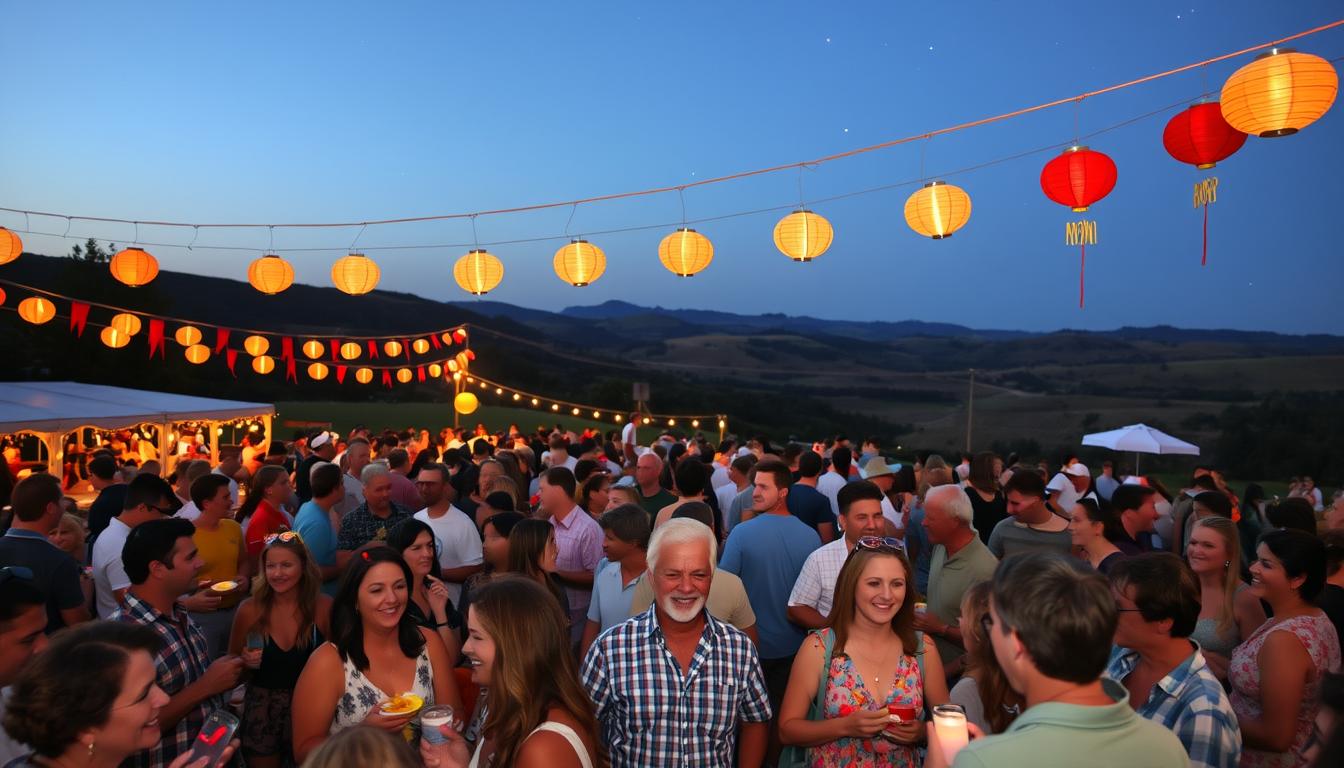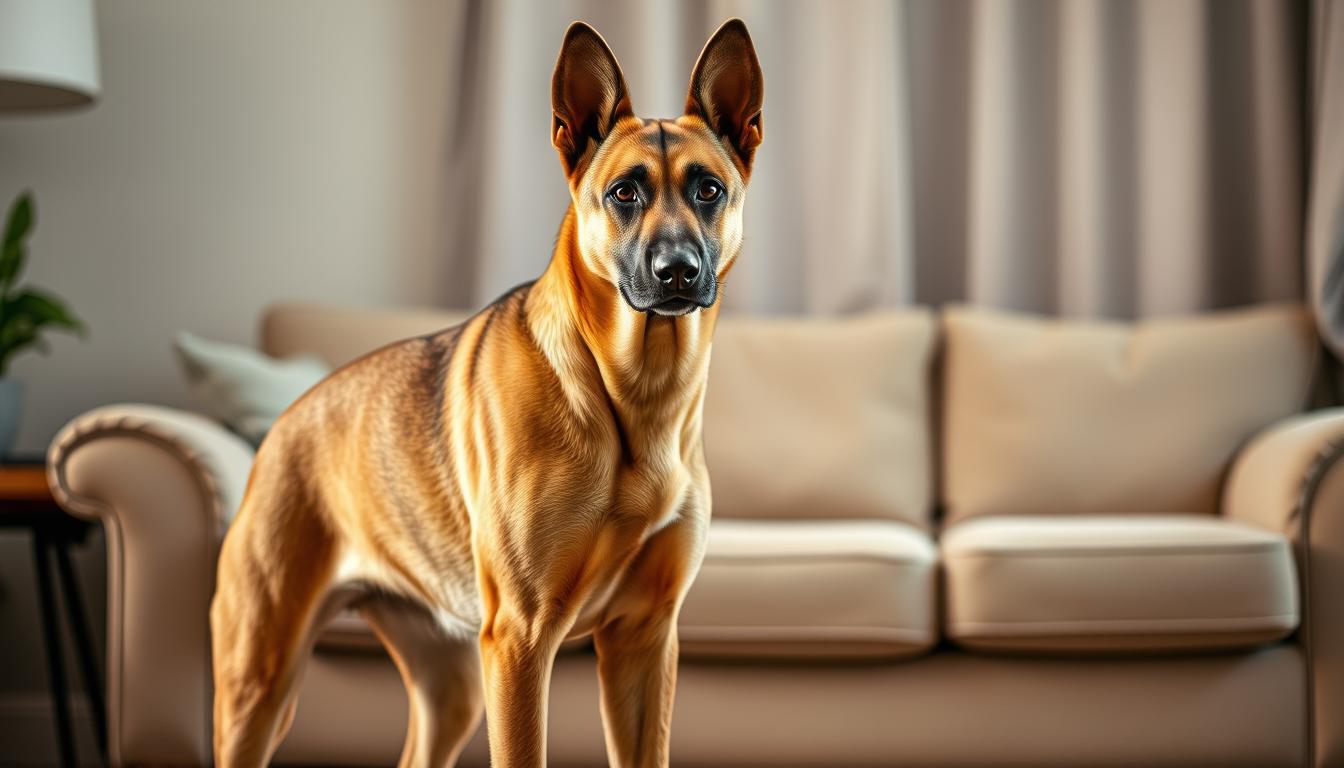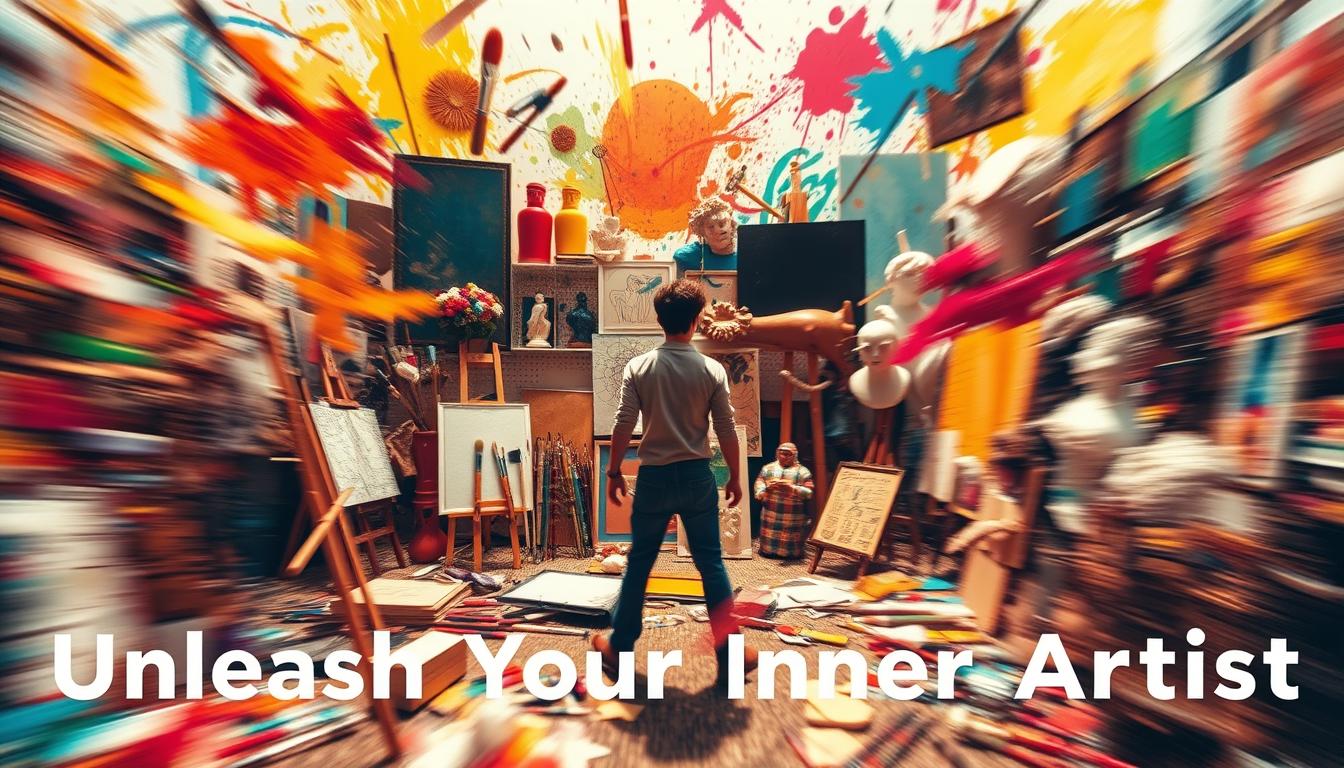
This journey into will guide you through diverse techniques, historical perspectives, and contemporary approaches. You’ll learn how to tap into your creativity, understand fundamental design principles, and develop your unique artistic voice.
Key Takeaways
- Art is a universal form of personal expression
- Creative skills can be learned and developed
- Art connects individuals across cultural boundaries
- Everyone has inherent creative potential
Understanding the Fundamentals of Visual Expression
Art is a powerful language of visual expression that allows creators to communicate complex emotions and ideas through artistic techniques. Every begins their journey by mastering the fundamental building blocks that transform blank canvases into compelling masterpieces.
The core of visual expression lies in understanding keyelements that shape creative communication. Artists develop their skills by exploring these essential components:
- Lines that define shape and movement
- Forms that create three-dimensional representations
- Spatial relationships that generate depth
- Textures that provide sensory experiences
Elements of Art and Design Principles
Design principles guide artists in creating harmonious and impactful visual compositions.These principles help transform individual elements into cohesive statements.
- Balance: Creating visual stability
- Contrast: Highlighting differences
- Rhythm: Establishing visual flow
- Unity: Connecting compositional elements
Color Theory and Composition Basics
Color serves as a powerful tool in visual expression, conveying emotions and creating visual narratives. Understanding color relationships helps craft compelling that resonates with viewers.
The Role of Perspective in Artistic Creation
Perspective transforms two-dimensional surfaces into immersive experiences. use linear and atmospheric techniques to create depth, guiding viewers’ visual perception and emotional engagement with their work.
A Journey Through Art History and Movements
The evolution of styles tells a rich story of cultural transformation. Key movements have dramatically reshaped how we understand visual representation:
- Renaissance: Celebrated human potential and realistic representation
- Impressionism: Captured fleeting moments and light effects
- Cubism: Deconstructed traditional perspective
- Abstract Expressionism: Emphasized emotional and spontaneous creation
| Art Movement | Key Characteristics | Influential Artists |
|---|---|---|
| Surrealism | Explored subconscious imagery | Salvador Dalí, René Magritte |
| Pop Art | Celebrated mass media and consumer culture | Andy Warhol, Roy Lichtenstein |
| Minimalism | Reduced art to essential elements | Donald Judd, Frank Stella |
Understanding art history provides crucial context for appreciating contemporary innovations. Each movement represents a unique lens through which interpret and challenge societal norms.
Essential Tools and Materials for Artistic Creation
Embarking on an artistic journey requires carefully selected tools and a thoughtful creative process. Artists transform blank canvases into masterpieces through strategic selection of materials and workspace design. Understanding the right artistic techniques can elevate your creative expression from amateur to professional.
Professional artists recognize that quality tools are fundamental to their craft. The right equipment can make a significant difference in bringing your artistic vision to life.
Traditional Art Supplies and Their Uses
- Pencils: Range from soft (B) to hard (H) grades for different shading techniques
- Brushes: Natural and synthetic bristles for various paint mediums
- Canvases: Stretched cotton, linen, and specialty surfaces for different artistic techniques
Digital Art Tools and Software
| Tool Category | Popular Options | Best For |
|---|---|---|
| Graphic Tablets | Wacom Intuos, iPad Pro | Digital illustration |
| Software | Adobe Photoshop, Procreate | Digital painting and editing |
| 3D Modeling | Blender, ZBrush | Sculptural digital |
Setting Up Your Creative Workspace
Creating an inspiring workspace is crucial for maintaining artistic momentum.Art Consider these key elements:
- Natural lighting for accurate color perception
- Ergonomic furniture to support long creative sessions
- Organized storage for supplies
- Inspirational objects or artwork for motivation
Remember, your workspace should reflect your unique creative process and artistic techniques.
Mastering Different Painting Techniques
Painting is an expansive art form that offers countless ways to express creativity. Professional artists understand that mastering various painting techniques can transform a simple canvas into a powerful visual narrative.
Each artistic technique brings unique characteristics to your artwork. Painters can explore multiple approaches to develop their personal style and creative vision.
- Oil Painting: Provides rich, vibrant colors and slow drying time
- Watercolor: Creates delicate, translucent effects with fluid movements
- Acrylic Painting: Offers quick-drying versatility and bold color application
- Mixed Media: Combines multiple materials for innovative artistic expression
Understanding specific painting techniques requires practiceArt and experimentation. Artists can leverage different methods to create depth, texture, and emotional resonance in their work.
| Technique | Key Characteristics | Best Used For |
|---|---|---|
| Impasto | Thick, textured paint application | Creating dramatic, three-dimensional effects |
| Glazing | Thin, transparent layers of color | Achieving luminous, subtle color transitions |
| Wet-on-Wet | Applying wet paint onto still-wet layers | Blending colors seamlessly |
| Dry Brush | Minimal moisture on brush | Creating rough, textured surfaces |
Aspiring artists should approach painting techniques as a journey of continuous learning. Experimentation and personal interpretation are key to developing a distinctive artistic style.
Exploring Sculptural Forms and 3D Art
Sculpture transforms artistic vision into tangible, three-dimensional experiences. Contemporary push the boundaries of traditional sculpture, creating immersive works that challenge viewers’ perceptions and engage multiple senses.
The world of sculpture offers endless possibilities for creative expression. explore various Art and techniques to bring their artistic visions to life, transforming ordinary objects into extraordinary visual experiences.
Working with Clay and Mixed Media
Clay remains a fundamental material for sculptors, offering remarkable versatility and tactile potential. Mixed media sculpture expands creative horizons by combining multiple materials:
- Traditional clay modeling techniques
- Ceramic sculpting methods
- Experimental mixed media approaches
- Recycled material sculptures
Understanding Form and Space
Sculptors manipulate form and space to create dynamic experiences. Spatial relationships become critical in three-dimensional art, allowing to explore depth, volume, and visual interaction.
Contemporary Sculpture Trends
Modern sculpture continues to evolve, embracing innovative techniques and conceptual approaches. Contemporary artists challenge traditional boundaries by incorporating:
- Interactive installation art
- Digital sculpting technologies
- Environmental and site-specific sculptures
- Kinetic and responsive art forms
These emerging trends demonstrate the incredible potential of sculpture as a dynamic and transformative art form, inviting viewers to experience art in entirely new ways.
Contemporary Artists Shaping Modern Art
The landscape of contemporary artists continues to evolve, challenging traditional boundaries of fine Artand pushing creative expression into exciting new territories. Today’s artists are not just creating visual experiences but generating powerful dialogues about social, environmental, and cultural issues.
Several groundbreaking contemporary have emerged as significant voices in the art world:
- Ai Weiwei: A Chinese artist known for provocative installations that critique political systems
- Yayoi Kusama: Renowned for immersive polka-dot installations exploring psychological landscapes
- Banksy: An anonymous street challenging societal norms through guerrilla
These contemporary artists represent diverse approaches to fine . They leverage multiple mediums—from digital platforms to traditional canvas—to communicate complex narratives. Their work transcends aesthetic beauty, becoming a critical lens through which viewers can understand contemporary global experiences.
Modern fine art is increasingly interdisciplinary.collaborate across technology science, and social movements, creating immersive experiences that challenge viewers’ perceptions. Whether through virtual reality, multimedia installations, or interactive sculptures, contemporary artists are redefining artistic boundaries.
“Art is not a mirror to reflect reality, but a hammer to shape it.” – Contemporary Art Perspective
Emerging artists continue to innovate, using their platforms to address critical issues like climate change, social justice, and technological transformation. Their work serves as a powerful medium for cultural commentary and personal expression.
Finding Inspiration in Museum Collections
Art enthusiasts and aspiring creators can unlock incredible creative potential by exploring museum collections and fine art resources. The world of artistic inspiration extends far beyond personal imagination, offering rich landscapes of visual knowledge and historical creativity.
Museum collections provide a profound window into artistic expression across different eras and cultures. By studying masterpieces, artists can develop deeper understanding of techniques, compositional strategies, and visual storytelling.
Analyzing Masterpieces
Effective artwork analysis involves more than surface-level observation.Explore the World of Artists should consider:
- Compositional structure
- Color palette and emotional resonance
- Brushwork and technical execution
- Historical and cultural context
Learning from Historical Artists
Great artists throughout history offer invaluable lessons for contemporary creators. By studying works from different periods, can:
- Understand evolving artistic techniques
- Recognize innovative approaches to representation
- Develop personal artistic language
Virtual Museum Tours and Resources
Digital platforms now offer unprecedented access to global fine art collections. Websites like Google & Culture, Smithsonian Online, and virtual museum tours enable explore world-class collections from anywhere.
These digital resources democratize art education, allowing emerging artists to study masterpieces without geographical limitations.
Developing Your Unique Artistic Style
Discovering your personal artistic voice is a transformative journey of creative process and visual expression. Every artist walks a unique path of self-discovery, exploring techniques and experimenting with different mediums to find their authentic creative language.
To develop a distinctive artistic style, consider these key strategies:
- Experiment with multiple art forms and techniques
- Study artists who inspire you without directly copying their work
- Keep a visual journal to track your artistic evolution
- Challenge yourself with new creative challenges
“Style is a way to say who you are without having to speak.” – Rachel Zoe
Your creative process should embrace personal authenticity. Explore the World of Art Visual expression emerges when you allow yourself to explore without judgment, taking risks and pushing beyond comfort zones. Explore the World of ArtStart by understanding your emotional connections and identifying themes that resonate deeply with you.
Practice consistent self-reflection. Ask yourself what stories you want to tell through your art. Analyze your past works, recognize patterns, and gradually refine your unique artistic approach. Remember that developing a personal style is an ongoing journey of growth and discovery.
Showcasing Your Art: From Galleries to Digital Platforms
Transforming your artistic passion into a public showcase requires strategic planning and creative marketing. Contemporary today have unprecedented opportunities to share their work through multiple channels, bridging traditional gallery exhibitions with digital platforms.

Launching your artistic career involves several critical steps that can help you gain visibility and connect with potential collectors and gallery exhibitions.
Building a Compelling Art Portfolio
An exceptional portfolio serves as your professional calling card. Focus on creating a curated Explore the World of Artcollection that demonstrates:
- Technical proficiency in your chosen medium
- Unique artistic style and creative vision
- Range of skills and artistic development
- Professional-quality documentation of artwork
Digital Marketing Strategies
Digital platforms offer contemporary artists powerful tools for promoting their work.Explore the World of Art Consider these online marketing approaches:
- Create a professional artist website
- Develop a strong social media presence
- Use platforms like Instagram and ArtStation
- Engage with online art communities
Navigating Gallery Exhibitions
Participating in gallery exhibitions requires preparation and networking. Research local and regional galleries that align with your style. Prepare a professional submission package including your portfolio, artist statement, and high-resolution artwork images.
“Success in the art world comes from persistence, quality work, and strategic connections.” – Professional Art Curator
By combining traditional exhibition methods with digital marketing, contemporary artists can expand their reach and create meaningful connections within the art community.
The Creative Process and Artistic Expression
Artistic expression is a deeply personal journey that goes far beyond technical skills. Explore the World of Art The creative process involves exploring inner emotions, transforming abstract thoughts into visual representations, and Explore the World of Art connecting with one’s unique perspective.
Artists develop their creative techniques through consistent practice and self-reflection. Key strategies for nurturing artistic expression include:
- Embracing vulnerability in artistic work
- Experimenting with different artistic techniques
- Maintaining a dedicated creative practice
- Accepting imperfection as part of growth
Understanding the psychological aspects of creativity helps navigate emotional challenges. techniques are not just about technical proficiency but about developing a personal language of visual communication.
“Art is not about perfection, but about authentic expression.” – Contemporary Art Perspective
The creative process often involves overcoming mental barriers. Explore the World of Art Artists must learn to silence inner critics, embrace unexpected outcomes, and view challenges as opportunities for innovation. Developing resilience becomes crucial in maintaining artistic momentum.
Ultimately, artistic expression serves as a powerful tool for personal growth, emotional healing, and communication beyond verbal language. By understanding and nurturing the creative process,unlock profound levels of self-discovery and meaningful representation.
Conclusion
Art represents a powerful form of visual expression that transcends traditional boundaries. Your exploration into the creative world is not just about mastering techniques, but discovering your unique artistic voice. Each stroke, sculpture, and digital creation becomes a reflection of your inner landscape.
The path of artistic development is continuous and deeply personal. From understanding fundamental design principles to experimenting with diverse mediums, you’ve learned that creativity knows no limits. Professional artists and emerging talents alike share one critical trait: an unwavering commitment to learning and personal growth.
As you move forward, remember that arthttps://www.pinterest.com/pin/983403268644961252/ is not about perfection but authentic self-expression. Your journey will be filled with experiments, challenges, and remarkable discoveries. Embrace each experience as an opportunity to refine your skills and expand your creative horizons.Explore the World of Art Start creating, stay curious, and let your imagination guide you through the exciting world of visual storytelling.
Your artistic potential is limitless. Whether you’re sketching in a notebook, experimenting with digital tools, or exploring sculptural forms, every creative act is a step toward mastering your craft. The most important step is simply to begin and remain passionate about your
FAQ
What are the basic elements of art?
The fundamental elements of art include line, shape, form, space, texture, value, and color.Explore the World of Art These elements are the building blocks that artists use to create visual compositions and express their creative vision across various mediums like painting, sculpture, and digital art.
How do I choose the right art supplies for a beginner?
For beginners, start with versatile and affordable supplies like graphite pencils, watercolor set, acrylic paints, and quality sketchbooks. Consider purchasing a starter kit that includes basic tools and experiment with different mediums to discover your preferred artistic style and technique.
What’s the difference between contemporary and traditional art?
Contemporary art reflects current social, cultural, and technological contexts, Explore the World of
often challenging traditional artistic conventions. It tends to be more experimental, Explore the World of conceptual, and diverse in approach, while traditional art follows more established techniques and aesthetic principles from specific historical periods.
How can I develop my unique artistic style?
Developing a unique artistic style involves continuous experimentation, studying various techniques, practicing regularly, exploring different mediums, and staying true to your personal vision. Analyze you admire, but focus on developing your own creative voice and expressing your individual perspective.
What are some effective ways to market my artwork online?
Effective online art marketing strategies include creating a professional Explore the World of portfolio website, Explore the World of Artusing social media platforms like Instagram and Pinterest, joining online art Explore the World of Art, participating in virtual exhibitions, selling through platforms like Etsy, and consistently sharing your creative process and artwork.
How do I overcome creative block?
To overcome creative block, try techniques like daily sketching, exploring new mediums, taking classes, visiting museums, practicing mindfulness, collaborating with other artists, changing your workspace, and allowing yourself to create without judgment or pressure.
What are the key principles of composition in visual art?
Key composition principles include balance, contrast, emphasis,Explore the World of Arthttps://lifebridg.com/summer-nails-2025/ movement, pattern, rhythm, and unity. These principles help artists create visually compelling and harmonious artworks by strategically arranging elements to guide the viewer’s eye and evoke specific emotional responses.
How can I learn sculpture techniques as a beginner?
To learn sculpture techniques, start with accessible materials like clay and polymer clay,Explore the World of Art take workshops or online classes, watch tutorial videos, practice basic forming techniques, study anatomy, experiment with different tools, and gradually explore more complex sculptural methods and materials.
What role do museums play in artistic education?
Museums play a crucial role in education by preserving historical artworks, providing context for artistic movements, offering inspiration, Explore the World of educational programs, and creating opportunities for art enthusiasts to study, appreciate, and learn from diverse expressions across cultures and time periods.
How important is color theory in creating art?
Color theory is essential in art, as it helps understand color relationships, emotional impacts, and visual harmony.Explore the World of
Understanding primary, secondary, and tertiary colors,Explore the World of Art color wheels, complementary colors, and color psychology enables to create more intentional and emotionally resonant compositions.

